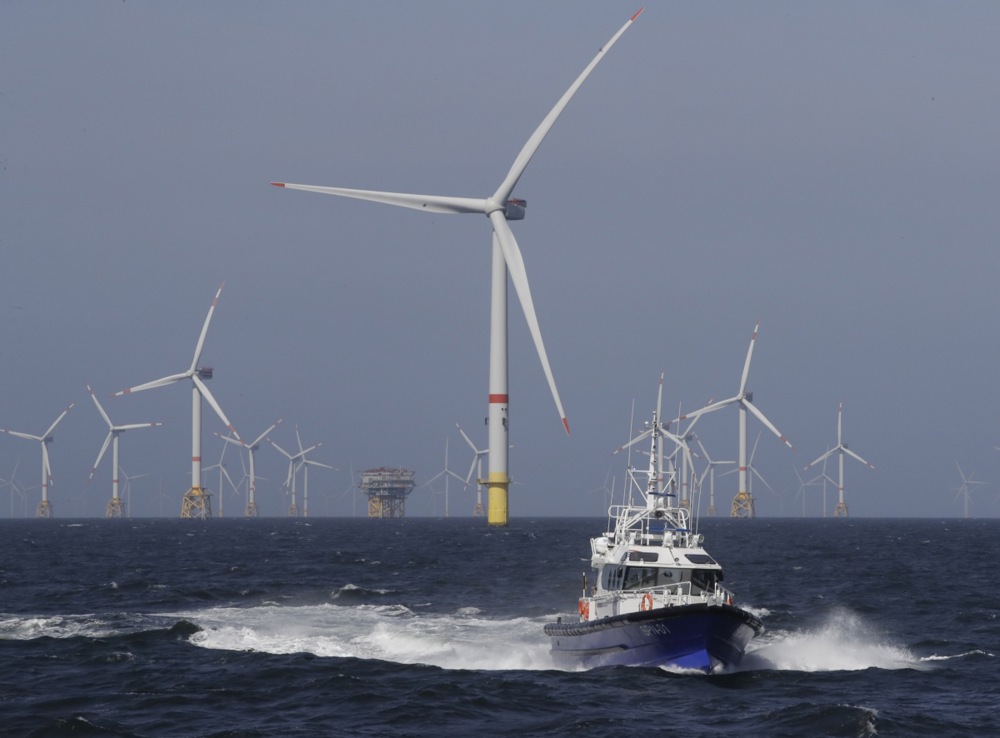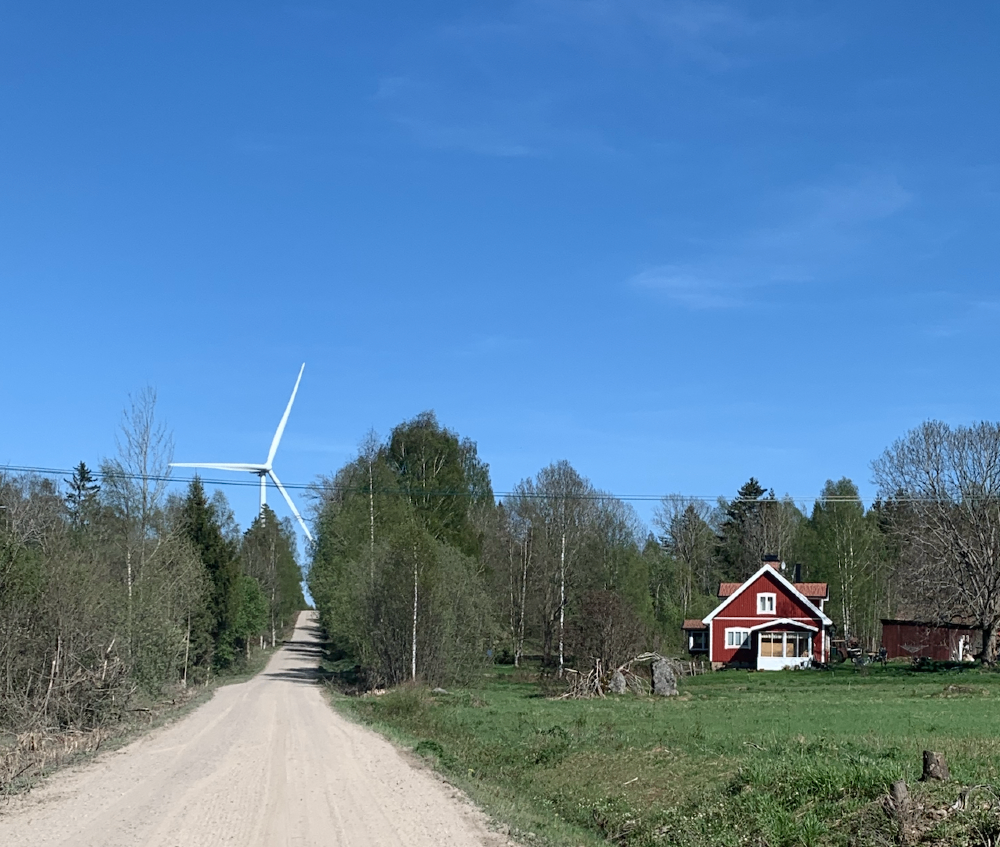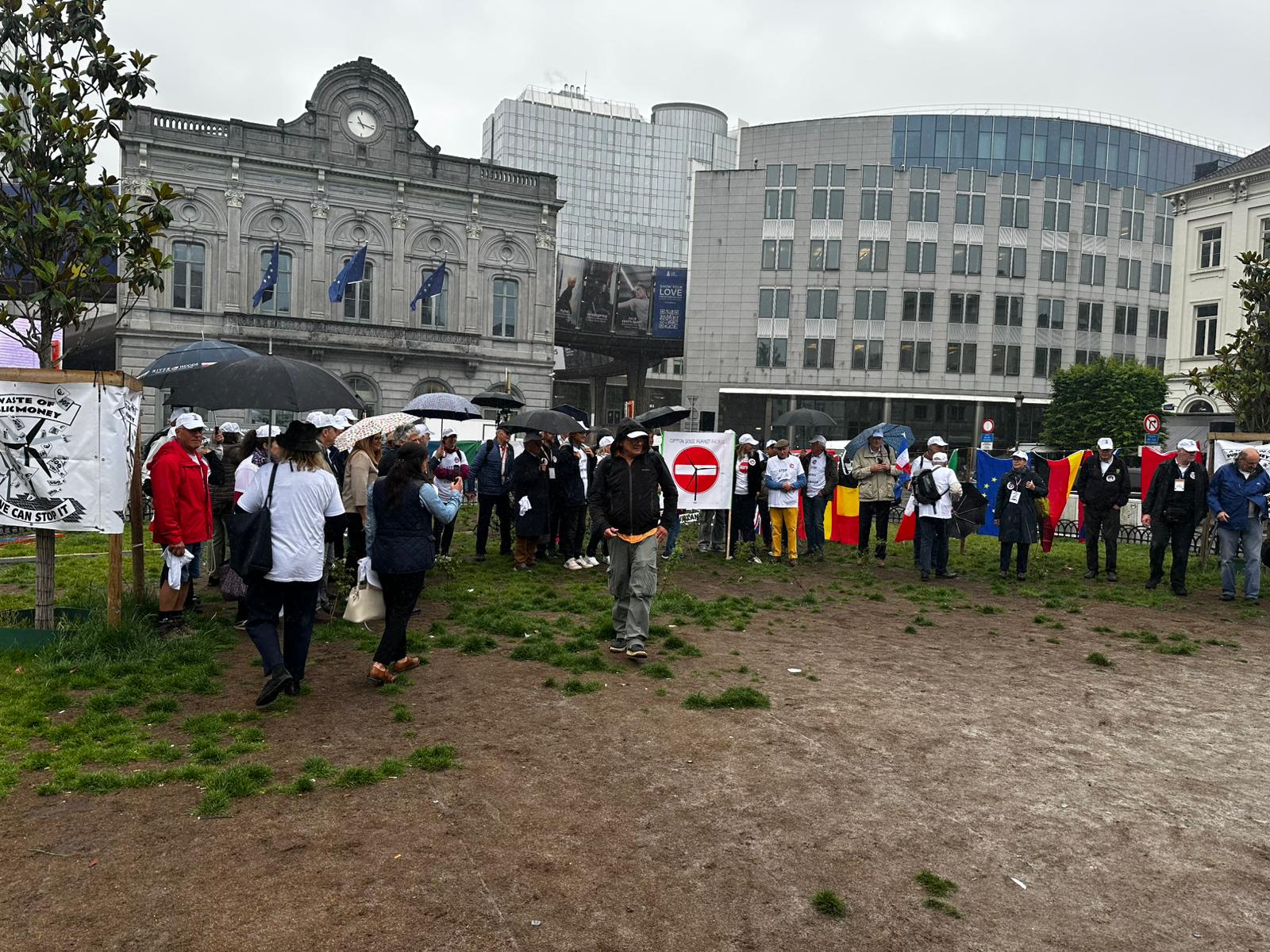The outgoing Dutch Government said it would cut back its ambitions to build new wind farms in the North Sea.
Dutch Minister for Climate and Green Growth Sophie Hermans stated that the prior goals for wind energy were “no longer realistic”.
She said that the demand for “green” energy was not growing as fast as previously hoped for, public broadcaster NOS reported.
During the presentation of the North Sea Wind Energy Infrastructure Plan (WIN) on July 16 to parliament, Hermans said that the 2040 offshore wind target of 50GW would be lowered.
Instead, the government said it would now aim to achieve between 30GW and 40GW by 2040.
“The international market situation for offshore wind power is very challenging,” Hermans wrote to the House of Representatives.
“Costs have increased, while the electrification of industry moves more slowly than expected, leading to more uncertainty about future demand for renewable electricity.”
Hermans said she would bring forward amended plans for future tenders soon, indicating the use of new subsidies as a lack of such put off potential partners.
The European Court of Auditors is sounding an alarm over the potential negative effects of building wind farms at sea. https://t.co/K9TVZRO3fP
— Brussels Signal (@brusselssignal) September 19, 2023
It was the second year in a row that the government has scaled back its plans on wind energy.
In 2024, it postponed its goal to increase offshore wind capacity from 4.7GW to 21GW, moving the deadline some years in the future. In May 2025, it was unable to proceed with the tenders for two offshore wind farms with a combined capacity of 2GW due to insufficient interest from potential bidders.
The Netherlands was one of nine countries that signed the “Declaration of Ostend” at the North Sea Summit in 2023, promising to turn the North Sea in a green energy hub, producing 120GW by 2030 and 300GW by 2050.
Since then, many projects have been scrapped, including in Belgium, Denmark and the UK, which all also signed the declaration.
In late 2024, wind farms in the North Sea were good for only 37GW of energy, far removed from the 2030 goal.
Demand for green electricity has been growing much more slowly than expected, largely due to the pace of industrial decarbonisation. Industry faced high energy prices, stiff international competition and an overloaded power grid.
Dutch consumers could pay three times as much for electricity after an ambitious offshore energy expansion, barring a massive change to the current financing model. https://t.co/QUXLfnK4Z9
— Brussels Signal (@brusselssignal) May 30, 2025
Jan Jaap Tiemersma, an activist with NLVOW, a Dutch Association representing people living near wind farms, told Brussels Signal that the previous progressive cabinet had big plans to create more wind farms to convert energy to “green hydrogen”.
“The reasoning: Wind energy is unreliable – it can be strong, weak or absent – and hydrogen could serve as a backup. When there’s no wind, we’d fall back on imported LNG from the US. But that backup is still fossil-based,” he said.
Hydrogen technology, though, was far from ready, Tiemersma stressed.
“Grid operator TenneT had looked into building two offshore installations with all the necessary cabling and electrolysers to produce hydrogen and store energy.
“But it turned out to be extremely expensive and technically problematic. For every wind turbine generating hydrogen, you’d effectively need two – one to produce energy, and one just to cover the losses. The energy loss is enormous. Hydrogen is simply too costly and inefficient,” he said.
Tiemersma noted that as green hydrogen was not available at scale, gaps must be filled.
“One option is importing electricity, but wind conditions are similar across Europe, so if it’s calm in one place in Europe, it’s likely calm elsewhere, too.
“That means we still need gas-fired power plants as backup. As a result, electricity prices are still largely determined by the gas market,” he said.
He noted that wind power cost €0.06 per kWh but that the market price was often €0.10 or more , leading to excess profits. “Households and industry are paying the price [of the green policies],” he said.
“Investments were made based on expected prices of €0.06. Now, providers earn far more. That profit comes from the way electricity is traded on the open market, where renewables and fossil energy are mixed. This situation has been ongoing for two years. Is that really a ‘free market’?”
Despite his activism against new wind farms on land, Tiemersma noted that the plans to install so much wind power at sea were overly ambitious.
“Costs were underestimated, and prices are now far higher than anticipated. This should have been foreseen,” he said.
He added that he expected more hydrogen to be imported from countries such as Saudi Arabia, Namibia or Morocco. In the Netherlands, many plans turned out to be not viable and wind supply was already too high, while major parts of the industry, such as steel manufacturing, would continue to need fossil fuel.
Tiemersma said wind power has reached its limit: “Surplus electricity is sometimes sold abroad at negative prices.”





